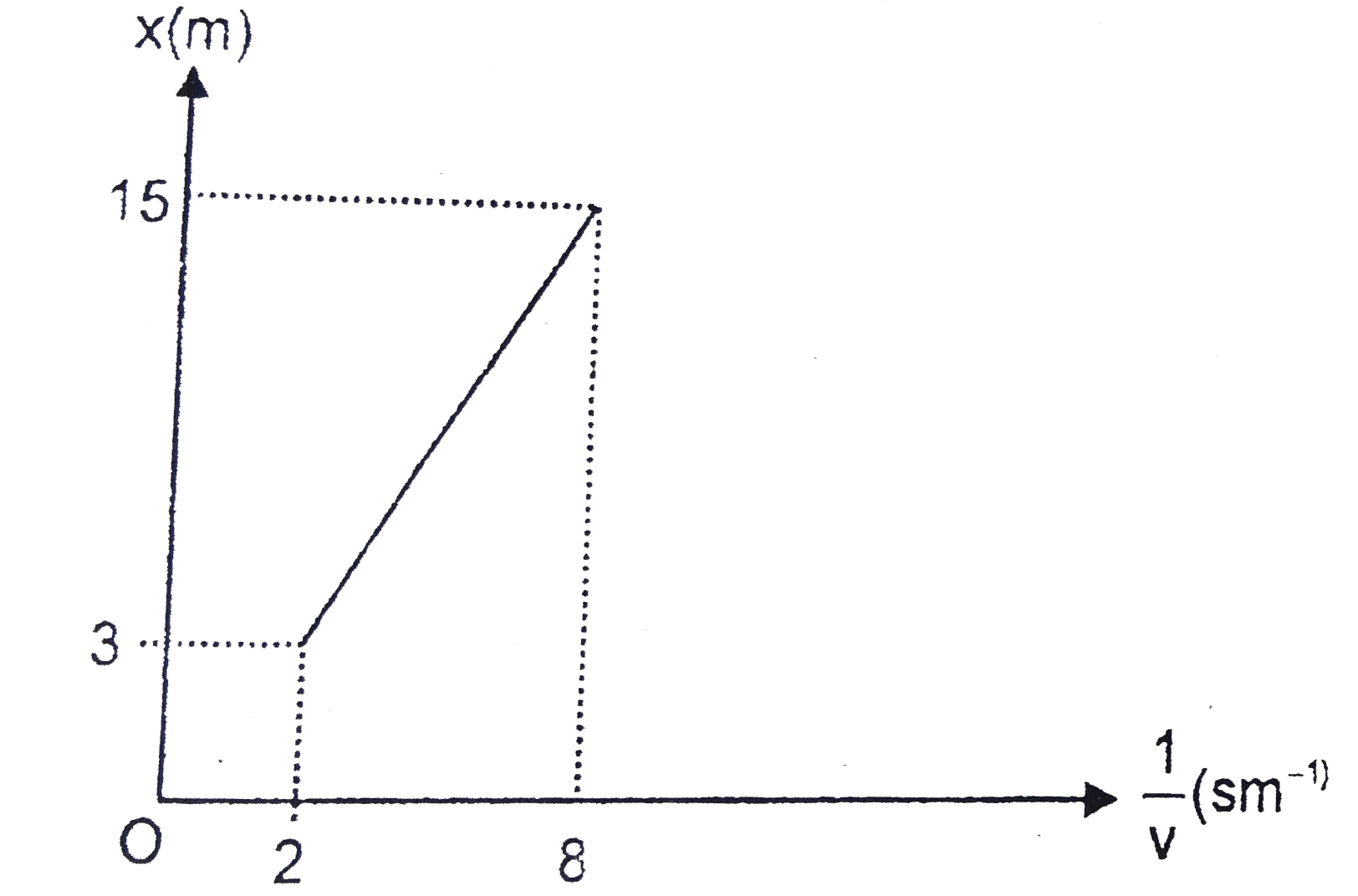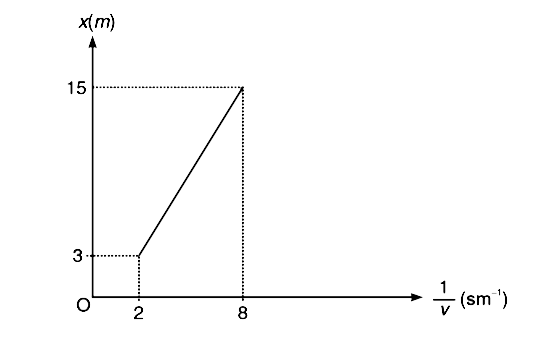A particle moves in a st. line with a velocity given by dxdt=x+1 , (x is the distacne descirbed) . The time taken by a prticle to transverse a distance of 99 metres is : Solution in Kannada
2log10e
log10e
2loge10
None of these
The correct Answer is:C
Step by step video, text & image solution for A particle moves in a st. line with a velocity given by (dx)/(dt)=x+1 , (x is the distacne descirbed) . The time taken by a prticle to transverse a distance of 99 metres is : by Maths experts to help you in doubts & scoring excellent marks in Class 12 exams.
Updated on:21/07/2023Topper's Solved these Questions
- DIFFERENTIAL EQUATIONSBOOK - MODERN PUBLICATIONCHAPTER - DIFFERENTIAL EQUATIONSEXERCISE - Multiple Choice Questions - LEVEL - II
20 Videos
- DIFFERENTIAL EQUATIONSBOOK - MODERN PUBLICATIONCHAPTER - DIFFERENTIAL EQUATIONSEXERCISE - Latest Questions from AIEEE/JEE Examinations
11 Videos
- DIFFERENTIABILITY AND DIFFERENTIATION BOOK - MODERN PUBLICATIONCHAPTER - DIFFERENTIABILITY AND DIFFERENTIATION EXERCISE - RCQs (Questions from Karnataka CET & COMED)
25 Videos
- ELLIPSEBOOK - MODERN PUBLICATIONCHAPTER - ELLIPSEEXERCISE - RECENT COMPETITIVE QUESTIONS
3 Videos
Similar Questions
The solution of the differential equation x2dydx−xy=1+cosyx is
View SolutionThe solution of differential equation
cosxdy=y(sinx−y)dx,0<x<π/2 is
View SolutionIf the three function f(x),g(x) and h(x) are such that h(x)=f(x)g(x) and f'(a)g'(x)=c, where c is a constant, then :
f''(x)f(x)+g''(x)g(x)+2cf(x)f(x) is equal to :
View SolutionThe eccentric angle of the point (2,√3) lying on x216+y24=1 is
View SolutionA particle moves in a line with velocity given by (ds)/(dt)=s+1. The time taken by the particle to cover a distance of 9 metre is (A) 1 (B) log10(C)2log10(D)10
View SolutionGraph of position (x) vs inverse of velocity (1v) for a particle moving on a straight line is as shown. The time taken by the particle to move from x=3m to x=15 is :

View SolutionGraph of positions (x) vs inverse of velocity (1v) for a particle moving on a straight line is as shown. Find the time taken by the particle to move from x=3 to x=15m.

View SolutionA partical moves in a straight line with a velocity given by (dx)/(dt)=x+1 (x is the distance described). The time taken by a particle to traverse a distance of 99 metres, is
View SolutionThe velocity v of a particle at any instant t moving in a straight line is given by v=s +1 where s meter is the distance travelled in t second what is the time taken by the particle to cover a distacne of 9m ?
View SolutionFor particle moving in a striaght line it is observed that tha distance x at time t is given by x=6t−12t2. The maximum velocity during the motion is
View Solutionएक कण सरल रेखा में गति कर रहा है । t समय पर कण द्वारा चली गई दुरी x निम्न संबंध द्वारा दी जाती है -
x=4t2+2t
समय t=12 पर कण का वेग ज्ञात कीजिए ।
View SolutionThe distance-time graph of a moving particle is given by x = 4t -6t^(2) . At what time would the speed of the particle be zero ? ( x is in metre and t is in second).
View SolutionParticle is moving in a straight line. Distance x is related to the time t by the equation t=sqrt(x)+3 . Distance x is measured in metres and time t is seconds. After how many seconds will the particle come to the rest?
View SolutionA particle moves in a line with velocity given by dsdt=s+1. The time taken by the particle to cover a distance of 9 metre is
View SolutionThe distance traversed by a particle moving along a straight line is given by x = 180 t + 50 t^(2) metre. Find the velocity at the end of 4s.
View Solution
